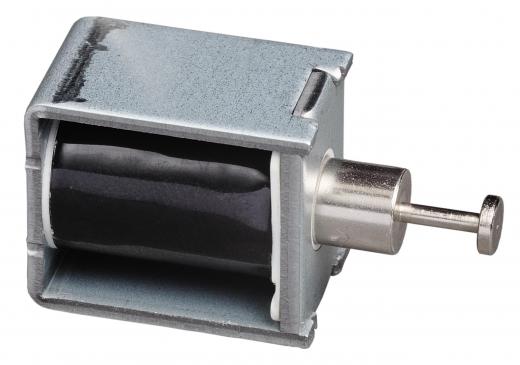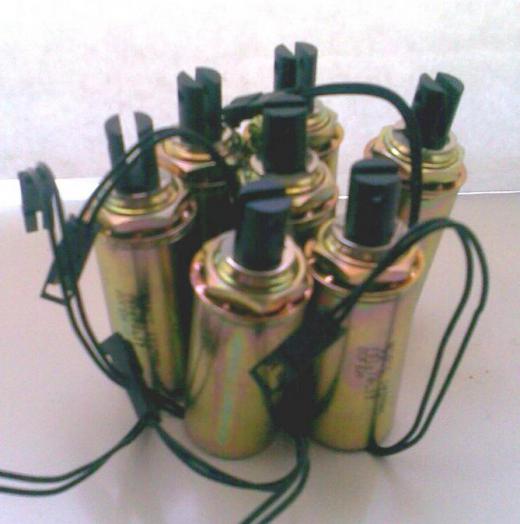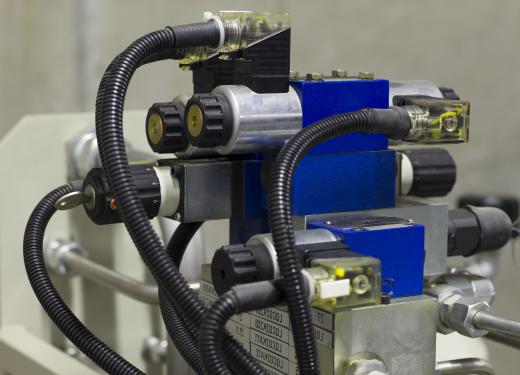There are many different types of solenoids, though the problems that typically occur with these components can be grouped into a few basic categories. Common solenoid problems include plungers that are stuck either in or out, attached valves that are frozen in place, bad internal coil windings, and excessive noise during operation. Some of these problems are the result of internal solenoid issues, while others are typically caused by external components. The process of fixing solenoid problems differs from one instance to another, as it is sometimes possible to repair a defective unit, while others must be simply replaced.
Solenoids are electromechanical devices typically used to regulate the flow of various substances. The basic structure of a solenoid typically consists of a helical coil wrapped around a steel or iron armature. When electric power is applied to the solenoid, it can be converted into mechanical energy in a predictable manner. Solenoids are often paired with valves and used to open or close them based on whether or not an electrical signal has been applied. In other cases, solenoids can be used to perform other mechanical work, such as closing a set of contacts.

Due to the fact that solenoids depend on inductive coils to operate, many common solenoid problems revolve around this system. Internal windings that have gone bad can cause a solenoid to cease working properly, and it is possible for coils to melt, burn or simply short circuit. Similar issues can occur if the armature is bent or soiled, if there is excess heat or moisture present, or if an incorrect voltage is applied to a unit.

Many other common solenoid problems relate to the valves that these components are often designed to open and close. Solenoid valves can be two, three or four way and increase in complexity accordingly. If a solenoid fails to open or close properly, one common issue is dirt or other contaminants in the valve seat. This type of grit can cause a valve to become stuck or prevent it from settling into place correctly. Improper voltages can also cause this issue, as can corrosion and burnt out coils.

Most solenoid problems result in a component failing to work properly, though other issues simply create unpleasant or annoying sounds. Solenoids that buzz or clack during operation usually do so because of internal valve components. In most cases, these noises are caused by excessive fluid pressure differentials between the inlet and outlet sides of a valve. If this is the case, the noise can typically be reduced by taking measures to decrease the pressure on the inlet side.
